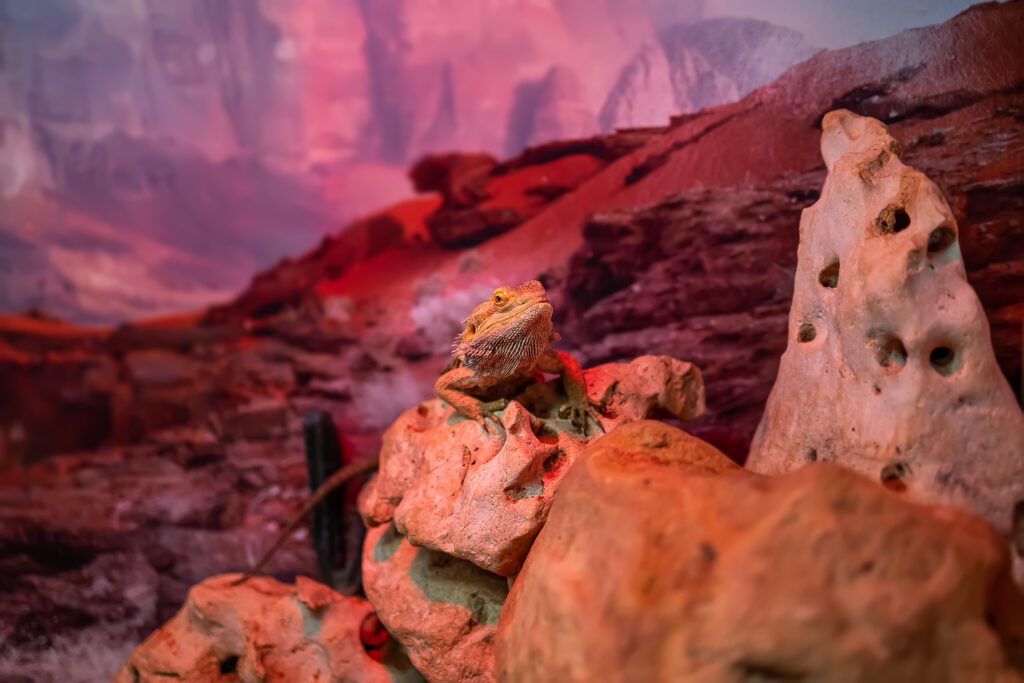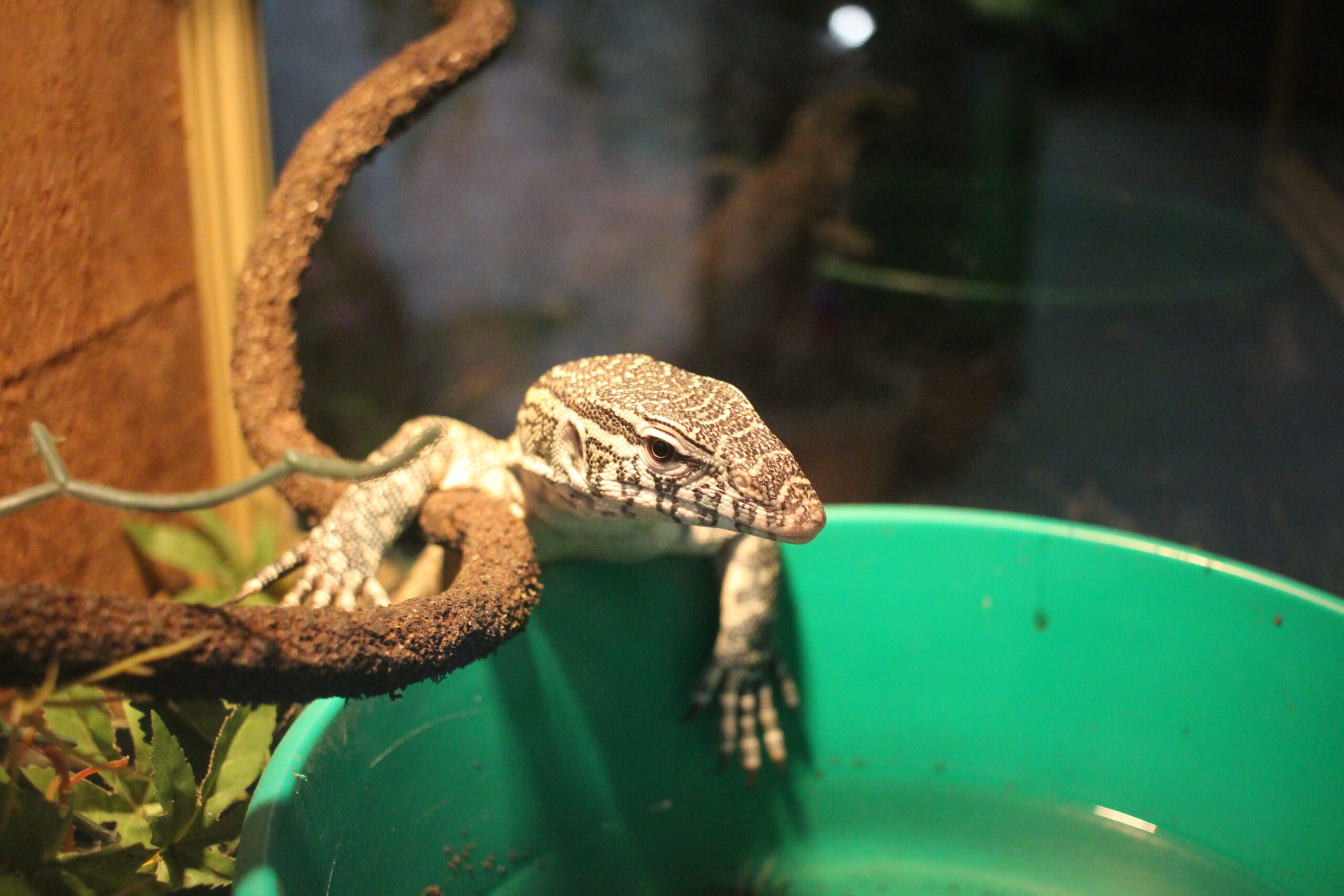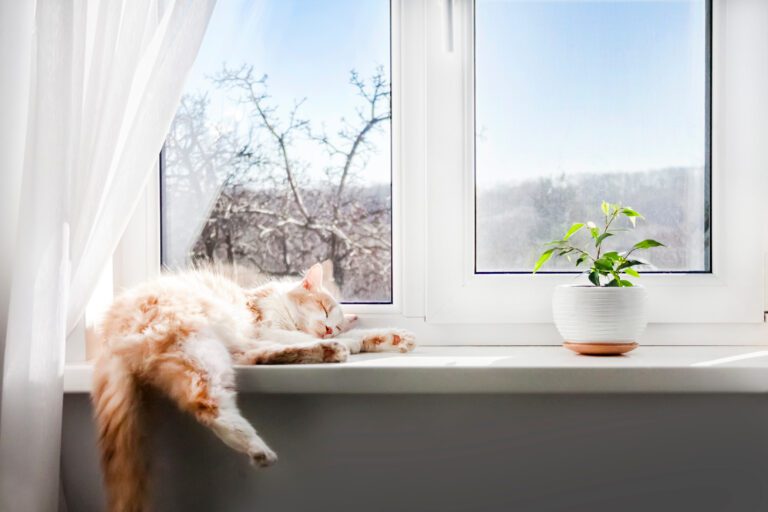Lizards are fascinating creatures that make great pets for reptile enthusiasts. From their unique appearances to their captivating behaviors, keeping pet lizards can be a rewarding experience. However, providing the perfect temperature and conditions is crucial for their health and well-being. In this blog, we will explore the optimal temperature range and conditions necessary to ensure your pet lizards thrive in their new habitat.
1. Temperature Requirements
Maintaining the correct temperature range is vital for lizards as they are ectothermic animals, meaning they rely on external heat sources to regulate their body temperature. Different species have specific temperature requirements, so it’s essential to research and understand your particular lizard’s needs. However, here are some general guidelines:
- Basking Spot: Create a designated basking area where your pet lizards can elevate their body temperature. This spot should be provided with a heat lamp or ceramic heat emitter to mimic the warmth of the sun. The temperature in this area should range between 90°F (32°C) and 105°F (40°C), depending on the species.
- Ambient Temperature: The overall temperature of the enclosure should vary throughout the day, allowing your lizard to thermoregulate. The cooler side should be around 75°F (24°C) to 85°F (29°C), while the warmer side should maintain a range between 80°F (27°C) and 90°F (32°C).
- Nighttime Temperature: Most species require a drop in temperature during the night to simulate their natural environment. The nighttime temperature should be around 70°F (21°C) to 75°F (24°C).
2. Lighting & UVB Exposure
Lizards also require appropriate lighting conditions, especially exposure to ultraviolet B (UVB) radiation. UVB rays are essential for their synthesis of vitamin D3, which aids in calcium absorption and prevents metabolic bone disease. Here’s what you need to know:
- UVB Lighting: Invest in a high-quality UVB light specifically designed for reptiles. Place it above the basking spot, ensuring that the light penetrates through a mesh or screen. Follow the manufacturer’s recommendations regarding the distance and duration of exposure, as different bulbs may vary.
- Photoperiod: Lizards, like other animals, have natural day and night cycles. Maintain a consistent photoperiod by providing 10-12 hours of light and 10-12 hours of darkness, mimicking their natural environment.

3. Humidity & Moisture
Proper humidity levels are vital to keep your pet lizard healthy and facilitate proper shedding. However, the humidity requirements vary among lizard species. Here are some general guidelines:
- Research Species-Specific Needs: Determine your pet lizards humidity requirements based on its natural habitat. Some species, like rainforest dwellers, require higher humidity, while others, like desert species, prefer drier conditions.
- Measuring Humidity: Use a hygrometer to monitor the humidity levels in the enclosure. Aim for a range of 40-60% humidity for most lizards. Adjust the humidity by misting the enclosure or providing a humidity hide filled with damp substrate.
4. Enclosure Setup & Maintenance
Creating a suitable habitat for your pet lizards is essential for their overall well-being. Consider the following factors:
- Substrate: Choose a substrate that suits your lizard’s needs, such as reptile carpet, newspaper, or coconut fiber. Avoid substrates that may cause impaction, such as loose sand or gravel.
- Hiding Spots: Provide various hiding spots and shelters within the enclosure to offer your lizard a sense of security and privacy. Use rocks, branches, or commercially available hideouts to create a natural and stimulating environment.
- Water Source: Always provide a clean, shallow dish of water for your lizard to drink from and soak in if needed. Monitor the water daily to ensure it stays fresh and clean.
- Regular Cleaning: Maintain a clean and hygienic enclosure by regularly removing waste, replacing soiled substrate, and disinfecting surfaces. This helps prevent the growth of harmful bacteria and maintains a healthy living space for your lizard.
Providing the perfect temperature and conditions for your pet lizard is crucial to its overall health and well-being. Remember to research and understand the specific needs of your lizard species, as different reptiles may require variations in temperature, lighting, and humidity. By creating a habitat that closely mimics their natural environment, you will provide your pet lizard with a comfortable and thriving space. Regular monitoring, maintenance, and attention to their requirements will ensure a long and fulfilling life for your beloved scaly companion.
Click here to learn more about some toys and items you can add to your reptile enclosure!





